





Head On
Head-on crashes are generally the most severe of all vehicle crash types. The combined mass and speed of vehicles often result in serious or fatal consequences for vehicle occupants.
Even in the most modern cars, the chances of surviving a head-on crash at speeds above 70 km/h are greatly reduced. For older vehicles, or in collisions involving vehicles of different size, surviving such a crash is less likely at far lower speeds.
This crash type occurs when one vehicle leaves its path and comes into the path of the oncoming vehicle.
Often this type of crash results from a steering wheel overcorrection, e.g. a driver veers to the roadside, instinctively turns the steering wheel to return to the road and travels across the carriageway. Therefore, ways to treat this crash type include treatments in the centre of the road, but also at the side. The chance of over-steering will be increased if there is a drop off between the road and the roadside or shoulder (an ‘edge drop’), making it more difficult to return to the roadway. Excessive drop offs should be avoided.
Typical factors which may add to head-on crash risk include:
- Inappropriate speeds.
- Lack of wide centrelines or median separation.
- Lack of safe overtaking opportunities.
- Poor pavement skid resistance.
- Lack of paved shoulders.
- Poor delineation, particularly at curves (especially where they are unexpected, or their severity is greater than expected).
- Driver/rider fatigue.
- Alcohol/drugs/medication impairment.
- Distraction, including inattention due to mobile phone use.
- Overtaking errors, including poor judgement of the approaching vehicle speed.
- Misjudgement of curve severity.
- Lack of vehicle safety devices.
- Poor condition of vehicle tyres, lights, and brakes.
| Name | Cost rating | Effectiveness |
|---|---|---|
| Additional Lane | High | 25 – 40% |
| Central Hatching | Low | 10 – 25% |
| Central Turning Lane Full Length | Low | 10 – 25% |
| Delineation | Low | 10 – 25% |
| Duplication | High | 25 – 40% |
| Intersection – Delineation | Low | 10 – 25% |
| Intersection – Grade Separation | High | 25 – 40% |
| Lane Widening | Medium to High | 25 – 40% |
| Median Barrier | Medium to High | 60% or more |
| One Way Network | Medium | 25 – 40% |
| Realignment – Horizontal | High | 25 – 40% |
| Realignment – Vertical | High | 10 – 25% |
| Rumble Strips | Low | 10 – 25% |
| Paved Shoulder | Medium | 25 – 40% |
| Speed Management | Medium | 25 – 40% |
| Traffic Calming | Medium to High | 25 – 40% |
| Name | Cost rating | Effectiveness |
|---|---|---|
| Motor Vehicle Standards | – | – |
| New Car Assessment Program (NCAP) | – | – |
| Used Car Safety Ratings | – | – |
| Safety Features and Devices | – | – |
| Vehicle Roadworthiness | – | – |
| Name | Cost rating | Effectiveness |
|---|---|---|
| Addressing Alcohol and Other Drugs | – | – |
| Education | – | – |
| Enforcement | – | – |
| Fatigue Management | – | – |
| Helmets and Protective Clothing | – | – |
| Licensing | – | – |
| Publicity | – | – |
| Safe Speed | – | – |
| Seatbelts | – | – |
Related Images
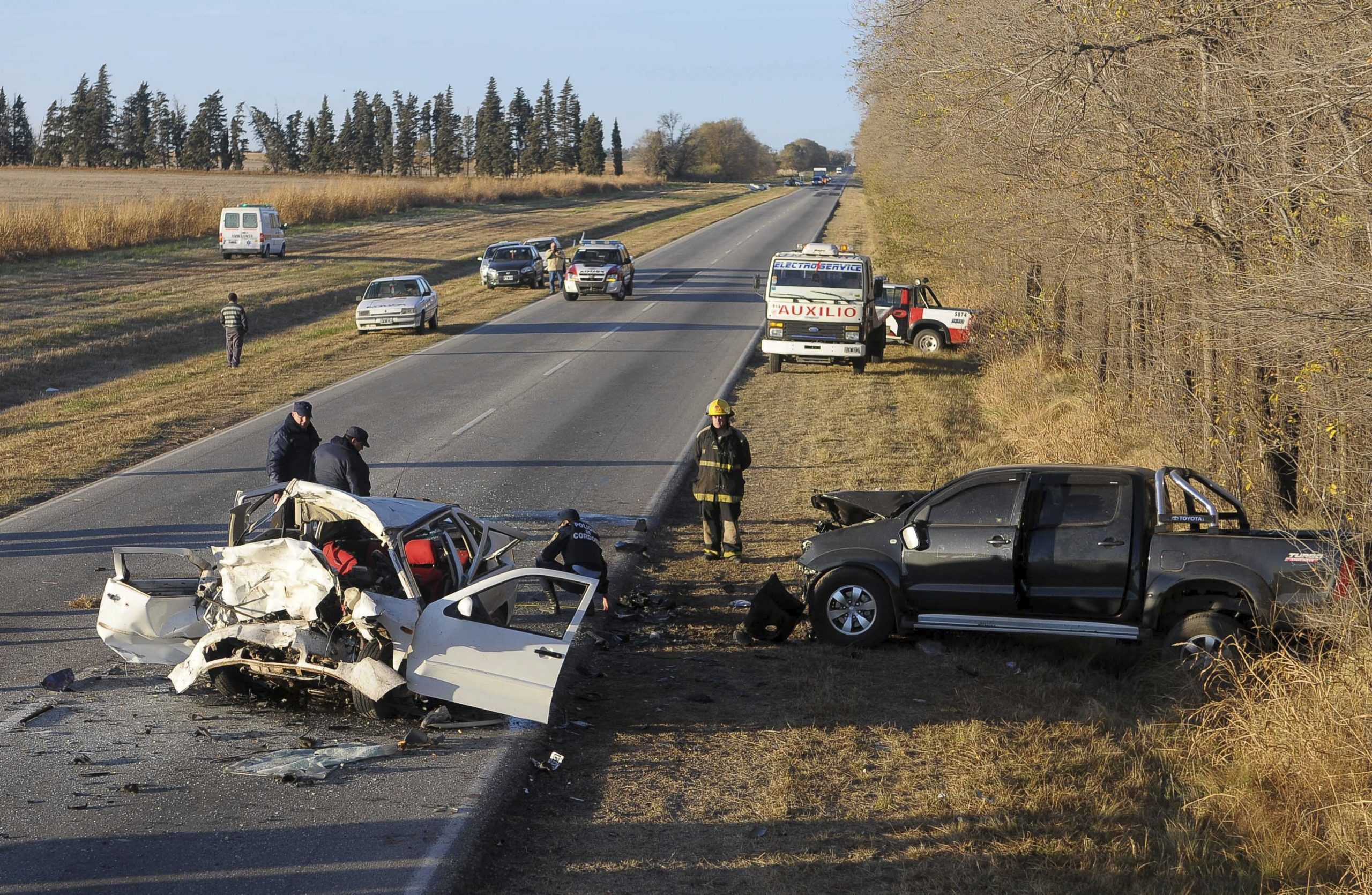 A head on crash in Argentina. Image credit: Getty Images
A head on crash in Argentina. Image credit: Getty Images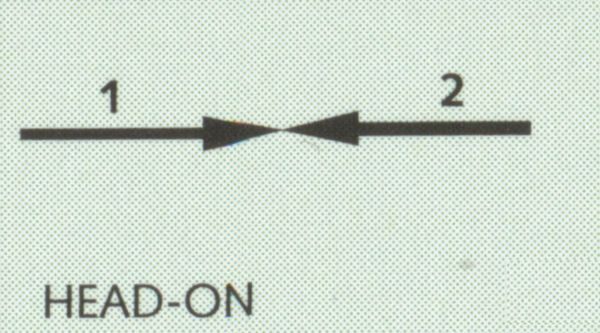 Head on diagram (DCA 201)
Head on diagram (DCA 201)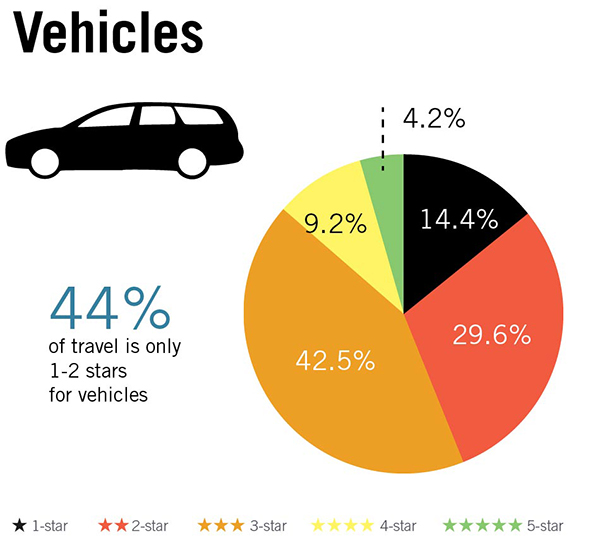 Vehicle occupant Star Ratings by road user type based on a 358,000km sample of roads across 54 countries. Image credit: iRAP
Vehicle occupant Star Ratings by road user type based on a 358,000km sample of roads across 54 countries. Image credit: iRAP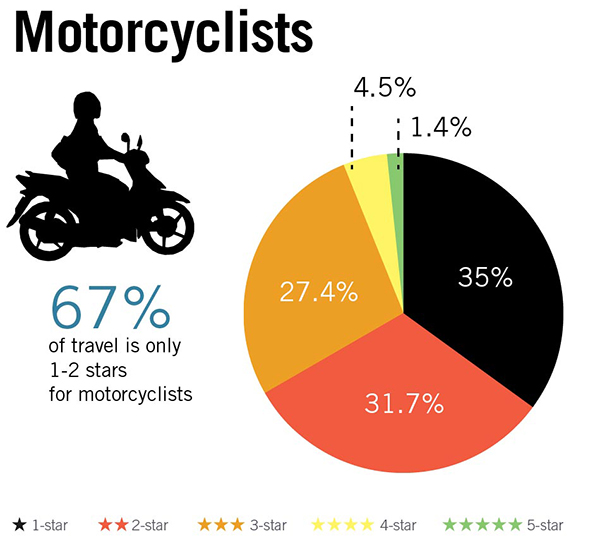 Motorcyclist Star Ratings by road user type based on a 358,000km sample of roads across 54 countries. Image credit: iRAP
Motorcyclist Star Ratings by road user type based on a 358,000km sample of roads across 54 countries. Image credit: iRAP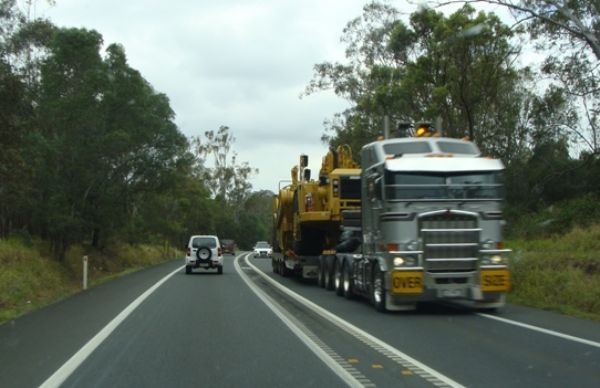 Showing wide centreline treatment incorporating median rumble strips, Old Bruce Highway, Australia. Image credit: Unknown
Showing wide centreline treatment incorporating median rumble strips, Old Bruce Highway, Australia. Image credit: Unknown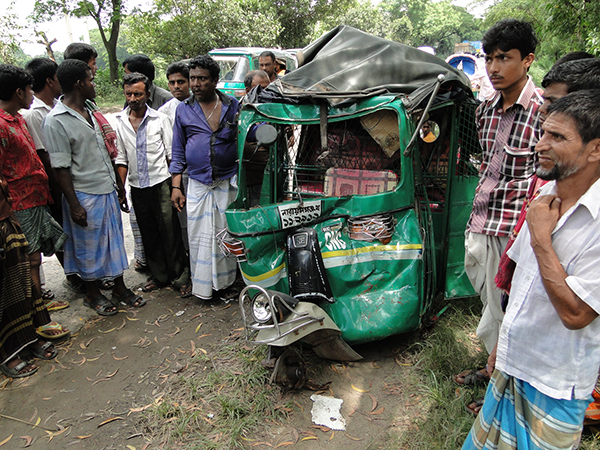 The aftermath of a head on crash in Bangladesh. Image credit: Greg Smith
The aftermath of a head on crash in Bangladesh. Image credit: Greg Smith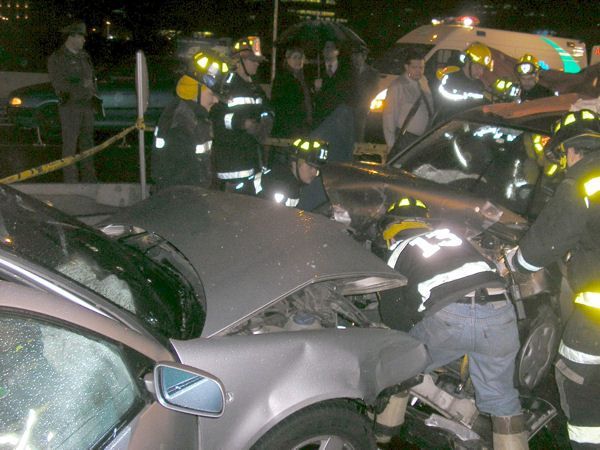 The results of a head-on crash. Image credit: iStock
The results of a head-on crash. Image credit: iStock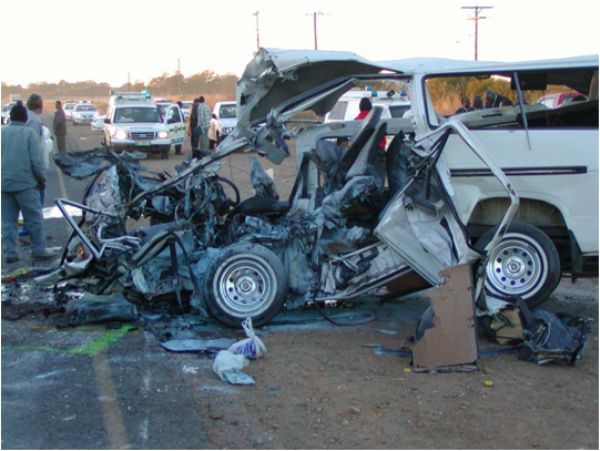 Thirteen primary school teachers were killed instantly when this minibus slammed into an oncoming truck on an undivided highway, South Africa. Image credit: North West Provincial Government
Thirteen primary school teachers were killed instantly when this minibus slammed into an oncoming truck on an undivided highway, South Africa. Image credit: North West Provincial Government








